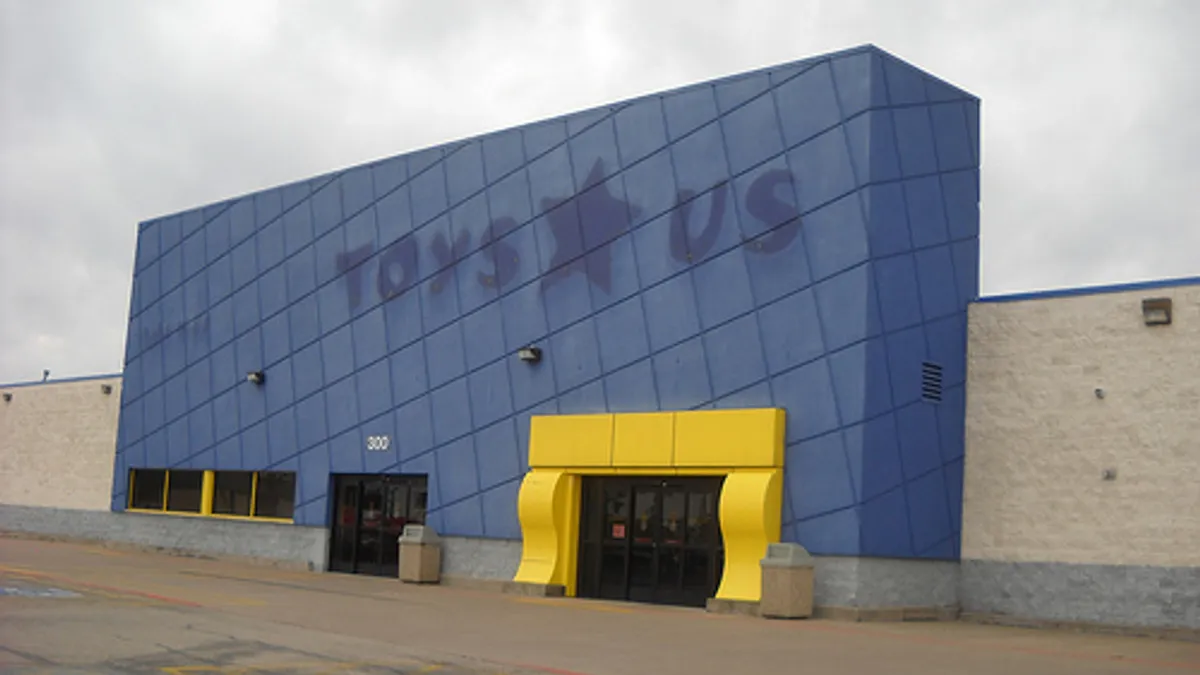Dive Brief:
- Since 2016, developers have started 24 projects across the country to convert former retail space into warehousing, according to an analysis by CBRE.
- These projects will result in 10.9 million square feet of new industrial space from what was once 7.9 million square feet of retail space. CBRE expects this trend to continue and grow.
- "These types of conversions were once unthinkable, and now they’re not only happening, they’re gaining traction," Adam Mullen, the Americas leader of CBRE’s industrial and logistics business, said in a statement. "That industrial uses can overtake what are usually higher-rent uses illustrates the strength of demand for industrial real estate, especially last-mile distribution centers."
Dive Insight:
This transition is, in part, being driven by changes in the way people shop. Big-box stores have struggled to bring in shoppers as e-commerce has boomed. If these brick-and-mortar stores don't bring in enough business then they're forced to shutter, leaving their land and building vacant.
"Ecommerce, and its attendant 'last mile' concerns about getting goods to consumers has driven industrial availability down in markets across the country, especially for infill locations close to population centers — which is a large part of why these retail to industrial conversions are attractive," Lisa Denight, a senior research analyst with CBRE and contributor to the report, told Supply Chain Dive by email.
Another report from CBRE from earlier this year found the availability of industrial real estate fell to its lowest level since 2000 with only 7% of space available; and the demand for space outpaced the supply by 29 million square feet for 2018.
Retail space, however, tends to be more widely available. Industrial developers took notice of these vacant or struggling properties, especially in areas where industrial space is slim, and began this trend of conversion, Denight said.
But there are issues that can arise — it's not as simple as buying a Macy's and turning it into a warehouse. A major roadblock is zoning. Turning an old retail store into an industrial space requires rezoning, which requires approval by local governments. The switch can also require buy-in from other parties including the sellers of the property and potential cotenants, Denight said.
CBRE found old malls had been torn down and converted to warehouse space in Baltimore, Atlanta, Chicago, Detroit and multiple cities in Ohio. Former Toys R Us and Sam’s Club locations were subject to retrofitting for industrial needs.
"Freestanding big-box stores closer to population centers than warehouse districts are the primary candidates for conversions; the retail structures typically offer dock doors, ample parking and clear heights compatible with industrial usage," the CBRE report reads.














